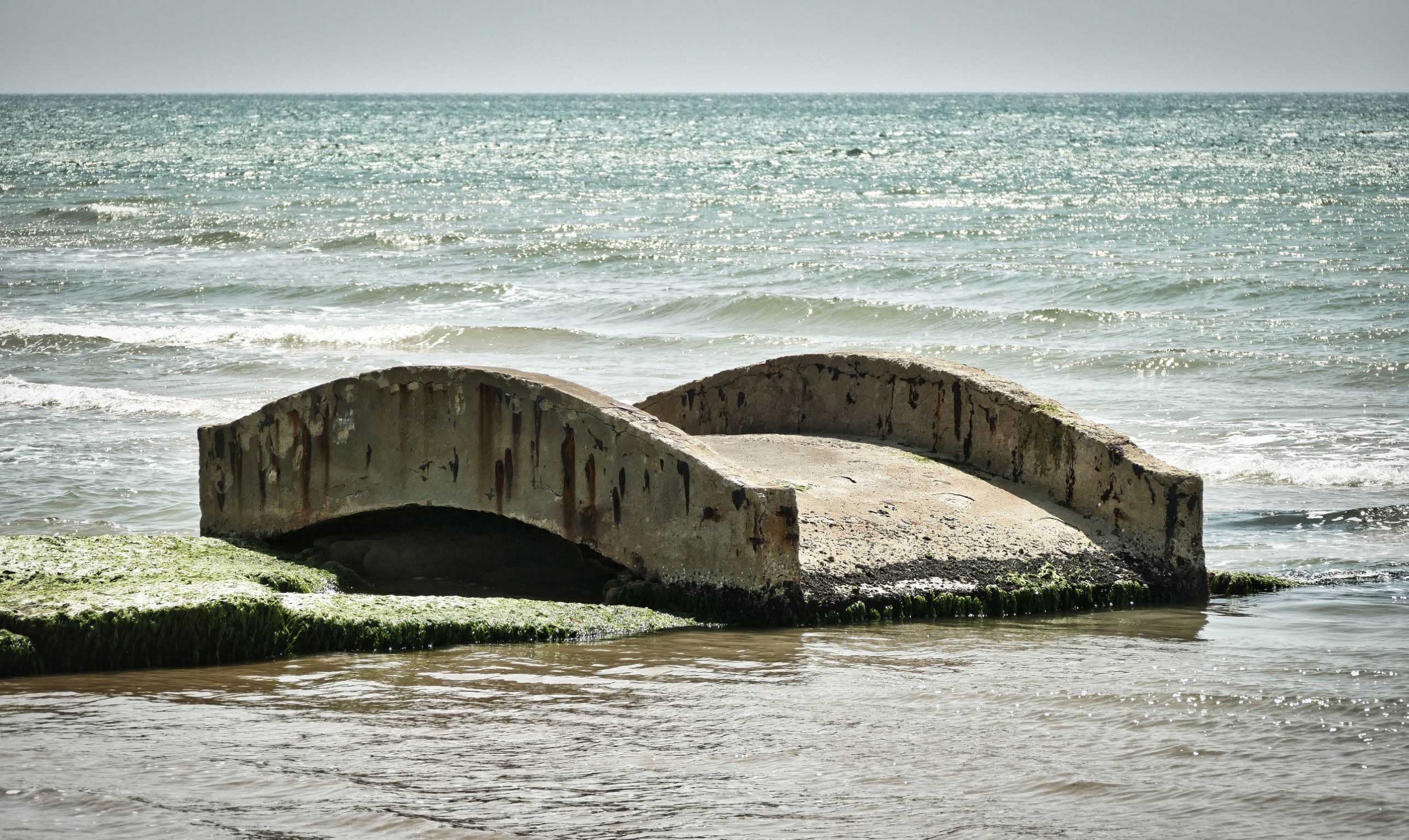Resilience. The word is everywhere.
But what does it mean? The dictionary defines resilience as the ability to recover from or adjust easily to misfortune or change. Resilience is “the capacity of a system, be it an individual, a forest, a city or an economy, to deal with change and continue to develop.” (HydroPoint, 2019)
As individuals, we can develop the ability to withstand, adapt to, and recover from stress and adversity. That is individual resilience.
Community resilience describes our ability as a neighborhood, town,or city to prepare for anticipated disruption and use available resources to respond and recover. At the landscape scale, a resilient ecosystem is one that can resist or rapidly recover from environmental disturbance.
In many other sectors – think of manufacturing, municipal governance, or human resources management — resiliency means planning for, adapting to, and recovering from change, often sudden or disastrous change.
Municipal Examples and Statewide Efforts
In 2018, the City of Charleston, SC, created a new Office of Resilience and Emergency Management to assess threats and risks and make Charleston more resilient in the face of chronic threats (like rising sea level and increasingly frequent “sunny day floods”) and acute shocks (extreme weather events).
Spurred by the “1000-year floods” of 2015 as well as Hurricanes Matthew in 2016 and Florence in 2018, the SC Legislature created the South Carolina Office of Resilience in 2020. The agency reports directly to the Governor and is charged with developing a Statewide Resilience Plan to manage flooding as well as other hazards, such as wildfire and drought.
But what does resilience have to do with conservation? Everything!
During the 2010 – 2020 decade, the population of SC grew by more than 11%, adding 582,000 people (including more than 12,300 new residents in Aiken County). Responding to the needs of this fast-growing state, with a population now exceeding 5,000,000 people, means developing new housing, building new schools and shopping centers, and expanding transportation corridors.
Commerce and economic development organizations are understandably excited by these numbers. But growth must be balanced by a commitment to preserve greenspace. Forested tracts are especially important in serving as buffers to development. Forested areas efficiently soak up rainfall and recharge aquifers; they also take up carbon dioxide and produce oxygen. On the local scale, even in developed areas, parcels of undeveloped greenspace help manage the volume and intensity of stormwater.
In other words, greenspace is a critical component in the resiliency equation — an insurance policy against the pressures of both natural and anthropogenic (human induced) climate change, including more frequent extreme weather events.
Recognizing the importance of open space, Sen. Vincent Sheheen introduced the “South Carolina Thirty-By-Thirty Conservation Act,” which aims to conserve 30% of South Carolina’s land by the year 2030. This proposal is part of a nationwide movement, with many states adopting similar goals.
More Important Now Than Ever
As the population of SC continues to grow, ALC’s efforts to preserve greenspace and working farms are more crucial than ever to ensuring resilience and sustainability.
If you own more than 25 contiguous acres and are interested in establishing a conservation easement on your property, please refer to the landowner information tab at our website (ConserveAiken.org) or get in touch by emailing mail@ConserveAiken.org

For background and examples of climate change happening now, use your Internet browser to search for “sunny day flooding Charleston SC” and see the Charleston Post & Courier’s Pulitzer-nominated series “Rising Waters.”
